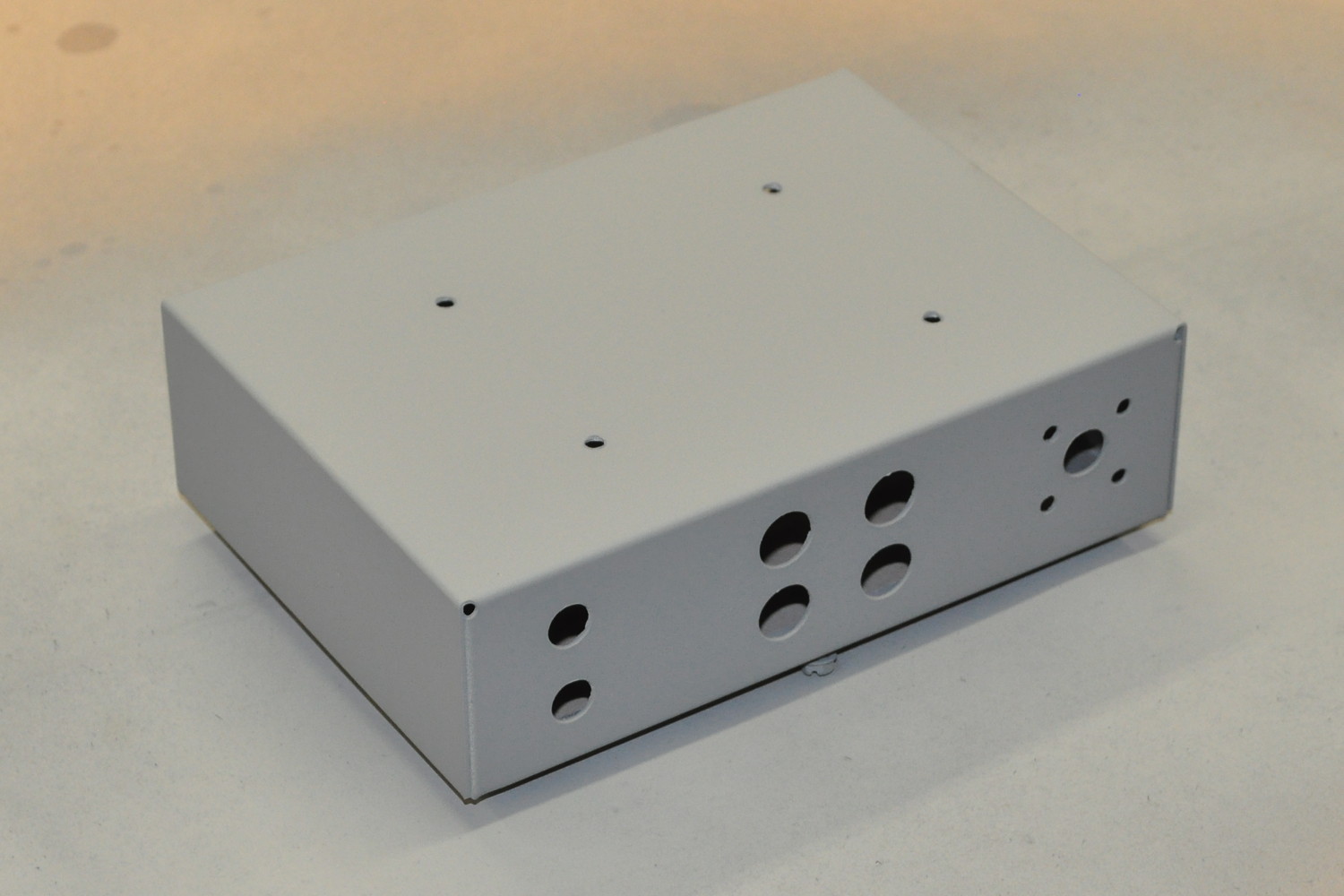There is one thing about vacuum tube amplifiers that sometimes gets in the way. They are not exactly what one might call portable.
This has come up because the extended family has been doing “movie nights” during the pandemic with a good projector and large outdoor screen. This works well except that it requires an auxiliary amplifier and a good set of speakers so everyone can hear. As the resident audio guy, I was volunteered to do sound. Now I could have used the 6336 SET but it’s kind of heavy and bulky for carting around. So I resorted to using the amplifier I normally use in my workshop. It’s a more than suitable small class D unit which I mentioned several weeks ago while discussing A/B testing. However, it’s normally screwed to the wall in my wood shop. This works ok, but it was a little tedious to uninstall it every time we had a movie night. I decided that I needed a dedicated little portable amplifier for gatherings to hook up to projectors, iPods, phones, etc.
As such I got another one of the little Sure Audio class D units. This one is a 2 x 15W Class D board (p/n AA-AB32966). It’s small and can run on any voltage from 10vdc to 24vdc. So today I spent some time modifying a little Bud Industries AC-402 aluminum box to house this unit. It will have RCA input jacks, speaker binding posts, a dc power connector, volume control, power switch, and power indicator light. Here is a picture of the little box with a coat of self etching primer.
This is just a quick and inexpensive project to fill a need. It’s also the type of thing that I won’t worry about lending out to friends and family who are not into vacuum tubes.
On other fronts, I just got an email from Brian at Edcor that the output transformers for my new SET amplifier are on the way. So while the paint was drying on the little aluminum chassis above, I was digging through my hardwood lumber stash trying to find just the right wood for the new amplifier. I have a couple of candidates, but I haven’t made my final decision yet. Pretty soon I should be finishing the chassis and cutting aluminum for mounting components.
Winter is setting in up here in the US Pacific Northwest and this brings cool temperatures and LOTS of rain. So soon I should be spending less time outside and much more time in the workshop. Expect more news on the new SET soon.


Have you run any tests on these boards? Power out, distortion, temperature, power draw, etc.
Nothing formal. The nature of class D (pulse width modulation) amplification is such that the circuit operation is very deterministic. I really have no reason to doubt the data provided by the manufacturer in this regard. However, the simple fact that the output is a PWM square wave virtually guarantees a response rich in odd order harmonics. This is the major drawback of such amplifiers. I might try a distortion test once it’s in the box showing distortion as THD, Color, and TOOD as a function of frequency. This might be very informative.